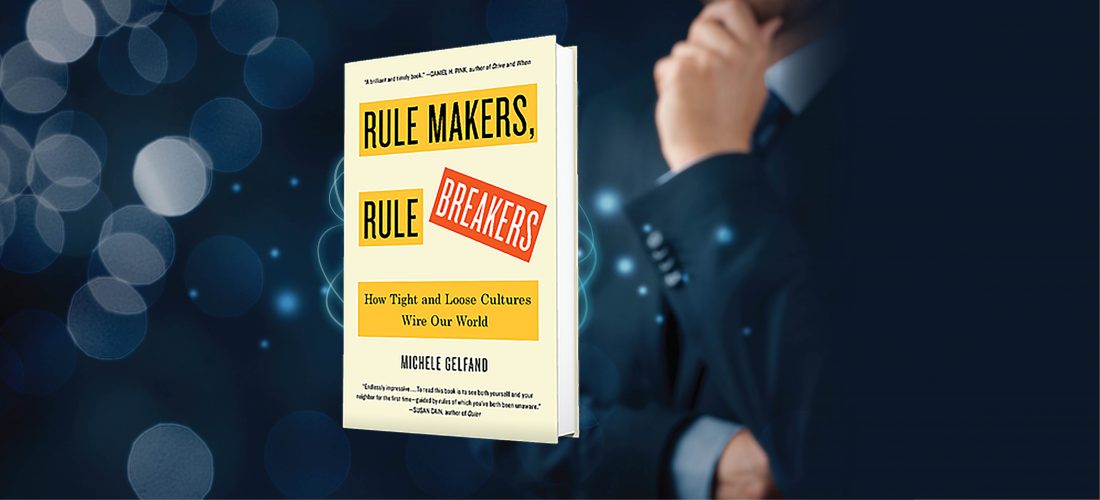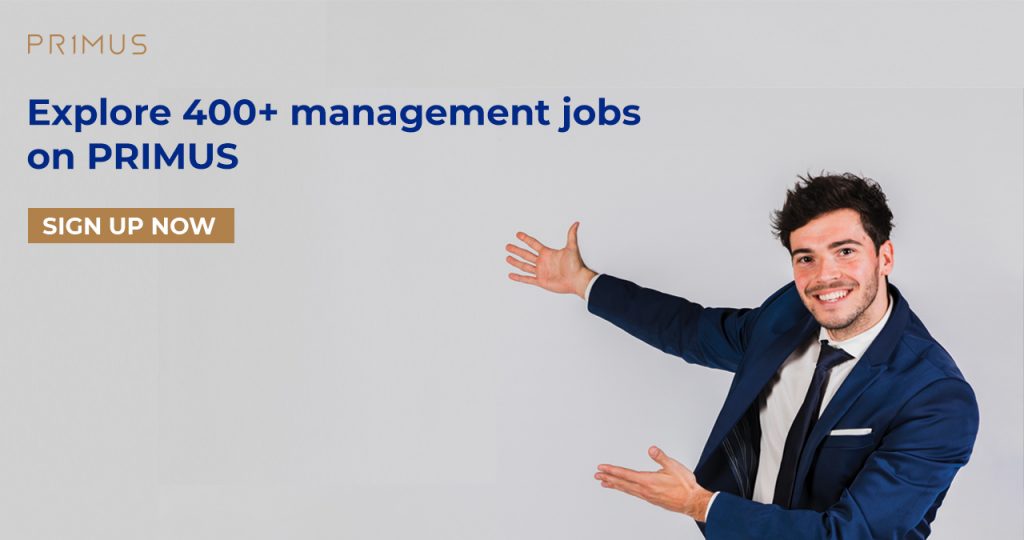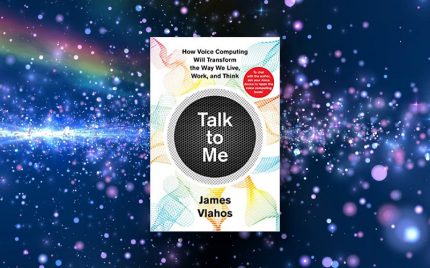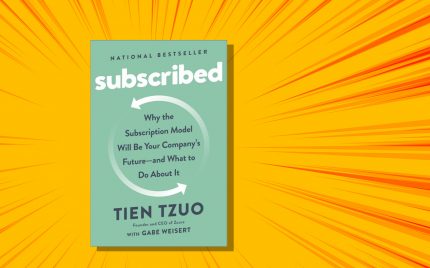
“Culture eats strategy for breakfast” is a pretty metaphor for Peter Drucker as he considers the importance of corporate culture in making strategic decisions of businesses. The book “Rule Makers, Rule Breakers” by Michele Gelfand – a professor of psychology at the University of Maryland also started with this statement. Gelfand studied corporate culture and social norms for more than 20 years before releasing her favorite book. Do leaders ever wonder what the strategy of “burning platform” is a good way to help employees feel excited about participating and in company activities instead of leading them from start to finish? The reason for this answer is similar when explaining the heart rate phenomenon of firewalkers in the Spanish village of San Pedro Manrique and their relatives become in sync with each other. “Social norms, like participating in rituals, can increase group cohesion and cooperation” – Gelfand demonstrates the similarity between these two phenomena in the first section of her book.

The author of the book – Michele Gelfand
Social norms are the glue to keep groups engaged together. “They give us our identity, and help us coordinate in unprecedented ways,” Gelfand wrote. “Yet cultures vary in the strength of their social glue, with profound consequences for our worldviews, our environments, and our companies too.”
The difference in glue created by social norms provides Gelfand with a platform to develop a theory called “looseness and tightness in the company culture.” This theory defines company culture with strong social norms and the lack of forgiveness if there is a mistake or difference of staff is a “tight” company culture – similar to “rule makers” in the title of the book. In contrast, corporations that have weak social norms and the attitude of allowing employees to make mistakes and differences is a “loose” culture – similar to the “rule-breakers.” For Gelfand, the loose and tight theory explains not only differences between social groups between countries and companies but also explains the conflicts that occur between these groups of people.
Gelfand and Professor Ivey Business School Chengquang Li came to the conclusion of this theory after examining more than 6,000 companies that made mergers and acquisitions in 30 countries from 1980 to 2013. This study provides insight from these deal makers: Which deals occur between companies that have a loose-and-tight gap in corporate culture will be more time-consuming to negotiate, lower value stocks after the deal and the returns are slower for the acquirer. “In fact, when there was a pronounced cultural mismatch, the acquiring company lost [US]$30 million on average within five days of the merger’s announcement.” – Gelfand recounted.
However, loose or tight corporate cultures have different benefits and costs. In tight corporate culture, the level of cooperation and compliance with the policy is often higher than those with liquid culture. Another interesting fact is that psychologist Robert Levine also realizes the clock on the streets of tightly cultured countries will be more synchronized than the loose culture ones. In contrast, in countries or companies with a loose culture, employees will have many opportunities and spaces to launch new ideas, thereby creating more diversity and changes than tight culture. In short, loose culture will be suitable to create more creativity and breakthroughs in the market. So the question is: Which culture will be best? Goldilocks has a commonly used principle that: Choose a place that is not too cold or too hot, or in this case, not too loose or not too tight. But how can a leader create a cultural environment that exists both socially and loosely at the same time – both diversity and cohesion?
Gelfand’s solution is to approach the “ambidextrous organization” model from Professor Charles O’Reilly and Michael Tushman. O’Reilly and Tushman noted, in order to survive and thrive in a volatile environment, businesses need to simultaneously exploit available assets and accept exploring new business and technology models. In order to have a sweet spot between loose and tight, Gelfand suggests businesses can implement this “ambidextrous” model while building the company culture. Google is a company with loose culture to encourage creativity in its workforce, but it also has guidelines to ensure its employees do not spend too much time on a creative topic which is not suitable for company orientation. In contrast, Toyota has a tight culture when all decisions must depend on rules and operational procedures, but recent decisions have been reduced to centralization and empowered to lower subordinates, depending on the goals of the project, to help managers have a better chance to develop. However, it is not easy to find a culture that suits both sides.

Ambidextrous organization when applied in loose-and-tight cultures
The leaders, when referring to Gelfand’s book, will remain in the head of challenges rather than the opportunities to draw from books. How can a business maintain a consistent and optimal culture for each different functional department? How to adjust the cultural difference if the company has many branches in many different countries? Indeed, as Gelfand writes: “Culture is like an iceberg, hidden beneath the surface.” Rule Makers, Rule Breakers may not be the book that helps leaders find ways to break this ice sheet, but enough for them to know how big the iceberg is and how it affects their company.
—————

How do you think about this article? Please share your feedback with us via the comment section below.
PRIMUS – TOP MANAGEMENT JOBS ONLY





